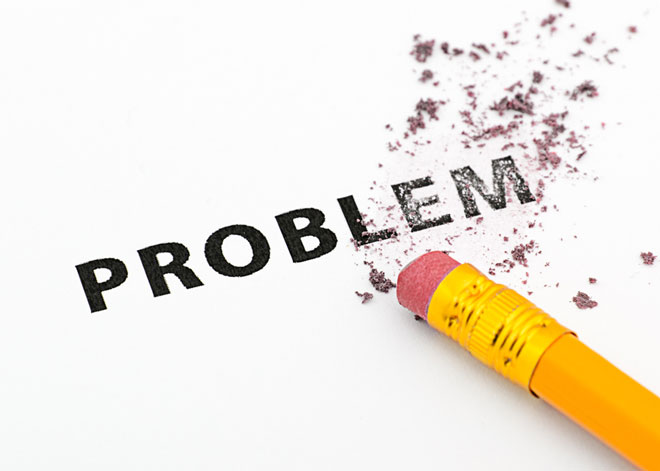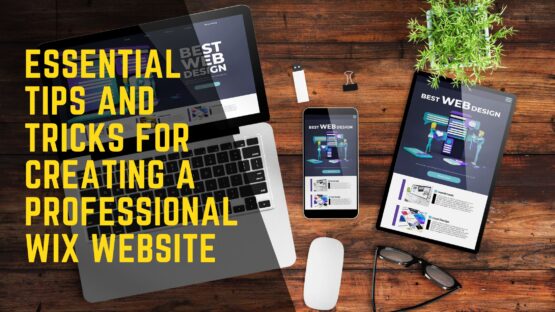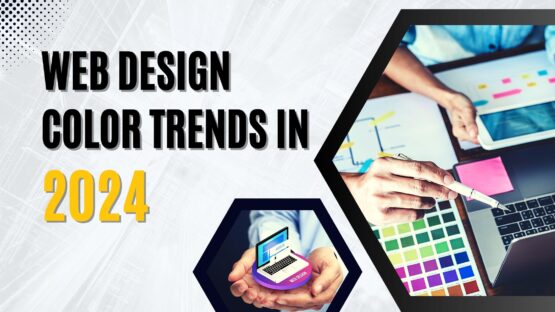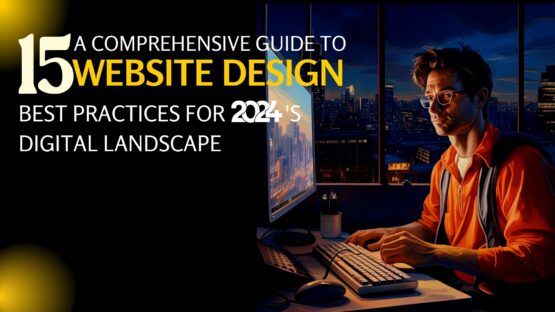The future of some web design trends is comprehendible. We can anticipate where those trends are heading to. For example, one design trend that has long been endorsed by Apple is skeuomorphism. In 2015, many industry observers are of the opinion that this trend is dying a slow death.
That’s not a consensus, however. Web designers such as Eric Haskell beautifully explained why skeuomorphism will survive. Nevertheless, almost everyone agrees that the importance of flat design has already exceeded that of skeuomorphism by miles. While I also think the same, I’d like to point out in this article, the oh-so-gorgeous face of flat design is not without scars.
Lack of visual hierarchy
The absence of flashy colors, gradients and textures can declutter a website. But there are some problematic aspects to it. One such aspect the lack of visual hierarchy. A site featuring shadow effects, color effects, 3D effects and photorealistic elements consists of a visual hierarchy, the main pillars of which are color, spacing, layout, etc.
The user-interface of a site that lacks these elements cannot fully satisfy the human eye that finds certain color combinations and the resulting emotional effects appealing. As a matter of fact, colors can be separated from each other in terms of how readily they can capture someone’s attention, implying there’s a hierarchy that exists among them.
You might wonder whether flat design interface can guide human perception. It can, but the process through which it’s being done is unnecessarily complicated, compared to non-flat design trends with visual hierarchy.
Is it design at all?
Of late, this question has begun to push itself out, and web designers are yet to come up with an answer. Since flat design abandons most conventional design elements, it often looks bland rather than simple. To compensate, some designers have been borrowing elements that web designing doesn’t include.
One such element is photographs of real individuals, places and events. Some websites place stock images in the background, some do a more innovative trick; they place one part of an image in the background, and the other part, in the foreground.
Such websites are more reliant on photography than web design. Even though photography does have some value for a web designer, overdoing it may invite problems. So while this technique is getting the job done for now, it may dig the grave for future design techniques.
Interface affordance
Just because an interface is simple, doesn’t mean it’s user-friendly on all levels. Interface designers prefer to include affordances in the design so a user could interact with a website in more ways than one. But since flat design adds a lesser number of elements to a website, the designer faces too many stumbling blocks building an interface with affordances.
I’ve noticed a scarcity of blogs and articles on interface affordance; it disappoints me because I and many designers like me have realized the significance of affordances for UX design in a hard way. I, for example, once forgot to add some pattern affordances such as a button that takes users to the homepage from other pages and a drop-down menu to access more options.
Scoffed by my reporting authorities, I learned interface affordances might make a site look a bit crowded with design components, but they ease the site visiting experience. I think the advocates of flat design haven’t yet learned this lesson yet.
The handheld platform
Being a designer, you are supposed to care less about the desktop platform and more about the handheld platform. But when you do so, you find flat design is a bottleneck for the app development segment.
That’s right! Apps built on flat design can hardly impress users. You don’t need to spend much grey matter to understand why. Flat design is essentially 2D whereas mobile apps, especially the ones that successfully trigger user engagement are 3D. You wouldn’t have have downloaded the FIFA game from Google Play Store, had it not been 3D, isn’t it?
Is simplicity bad?
No, it’s not. But its overuse certainly is. The four shortcomings of flat design that I’ve discussed above refer to its inept application by not-so-knowledgeable designers. Those designers don’t even consider whether they are applying flat design to the right domain. That’s bad.
Nevertheless, I do hope this article will make them change their approach.
Image Courtesy: www.123rf.com




